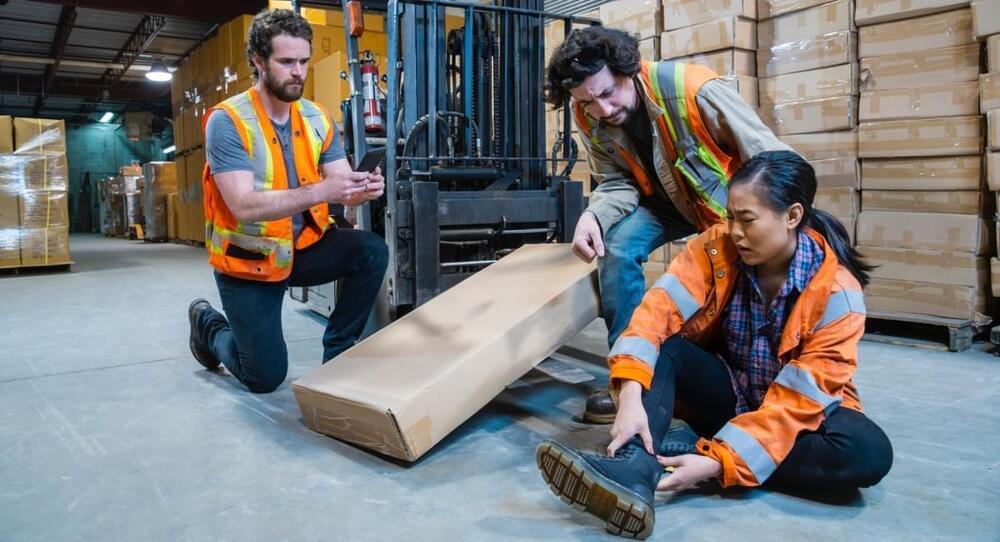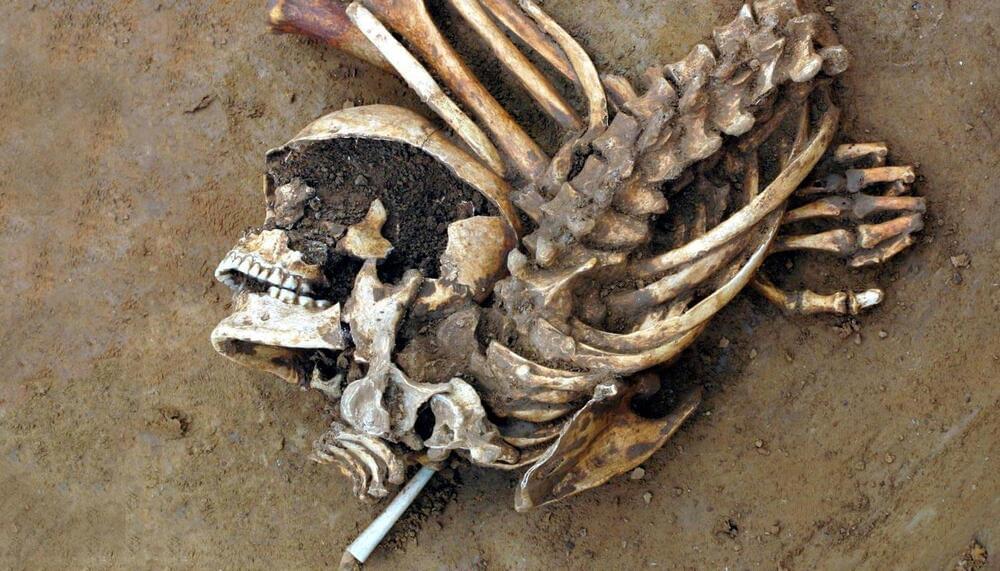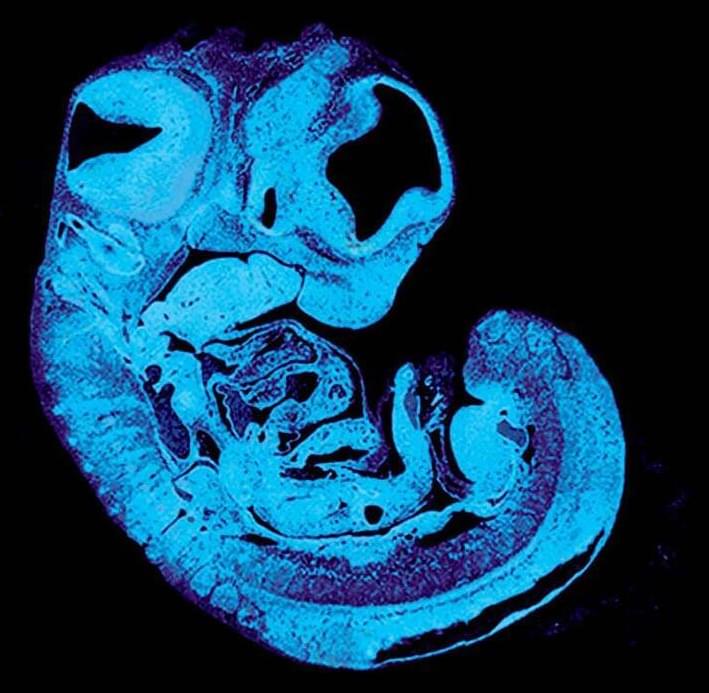New instrumentation can aid scientists in determining whether recovered material from UAP is of extraterrestrial origin or not.
Unpredictable spikes and drops in demand combined with chronic supply chain and labor shortages are accelerating the pace of digital transformation in manufacturing, starting with worker safety. Forty-eight percent of manufacturers say their progress on digital transformation initiatives has accelerated so much that it’s years ahead of what was originally anticipated, according to a KPMG study. Keeping workers safe and connected is the primary goal of most digital transformation and hiring plans, with on-site distancing & workplace safety listed as the two highest priorities.
Everguard.ai, a startup based in Irvine, California, combines AI, computer vision, and sensor fusion to reduce the risk of injuries and accidents by preventing them before they happen. The company’s SENTRI360 platform proves effective in preventing workplace injuries and operational downtimes at several steel-heavy manufacturing companies, including Zekelman Industries and SeAH Besteel.
From redesigning shop floors, to meeting social distancing guidelines, and doubling their investment in training and development, worker safety now dominates manufacturing — even more so due to the pandemic. Frontline workers saved many manufacturing companies from going out of business by applying their expertise and insights in real-time, enabling entire plants to pivot and produce new products at record speed. Continued trade tensions, tariffs, and supplier shortages put more pressure on manufacturers to reshore production and have worker safety programs in place now. As manufacturing returns to the U.S., AI and computer vision are stepping up to improve worker safety.
A major new study of ancient DNA has traced the movement of people into southern Britain during the Bronze Age.
In the largest such analysis published to date, scientists examined the DNA of nearly 800 ancient individuals.
The new study, led by the University of York 0, Harvard Medical School, and the University of Vienna, shows that people moving into southern Britain around 1300‒800 BC were responsible for around half the genetic ancestry of subsequent populations.
Cambridge scientists have identified a key signal that the fetus uses to control its supply of nutrients from the placenta, revealing a tug-of-war between genes inherited from the father and from the mother. The study, carried out in mice, could help explain why some babies grow poorly in the womb.
As the fetus grows, it needs to communicate its increasing needs for food to the mother. It receives its nourishment via blood vessels in the placenta, a specialized organ that contains cells from both baby and mother.
Between 10% and 15% of babies grow poorly in the womb, often showing reduced growth of blood vessels in the placenta. In humans, these blood vessels expand dramatically between mid and late gestation, reaching a total length of approximately 320 kilometers at term.
Trivergence is starting to affect every industry. In financial services, the wallet has become a smart app that can collect data and learn. On a blockchain, users can exchange, save, borrow, invest and protect this digital money peer-to-peer without the intermediation of banks. In manufacturing, 3D printers are manufacturing aircraft parts in a Boeing facility with a blockchain network facilitating all the patented files, contracting and payments peer-to-peer. Telecommunications companies are no longer negotiating complex, costly and ever-changing roaming agreements, but using blockchain-based smart contracts among providers to automate the web of payments and settlement globally.
Over time, the Trivergence will usher in a next-generation internet where nearly every animate and inanimate object on Earth generates data, a distributed ledger records and secures this data and AI analyzes the data, communicates with the objects, alerts their owners and continuously adjusts and improves the efficiency of the economy and the sustainability of its effects on the environment.
New business models enabled by this Trivergence are beginning to disrupt many industries and provide platforms for innovation in the economy for decades ahead. This second era has weighty implications for every business, government and individual, as well as technology strategy, architecture and leadership. If we can overcome the dark side — and that’s a big “if” — this Trivergence helps us reclaim our digital identities, effectively fight climate change and help solve some of the world’s most intractable problems.
Nebula [ neb-yuh-luh ]: star-forming cloud of gas and dust. Noun, plural neb·u·lae [neb-yuh-lee,-lahy]
These four nebulae are known for their breathtaking beauty: the Eagle Nebula (which contains the Pillars of Creation), the Omega Nebula, the Trifid Nebula, and the Lagoon Nebula. In the 1950s, a team of astronomers made rough distance measurements to some of the stars in these nebulae and were able to infer the existence of the Sagittarius Arm. Their work provided some of the first evidence of our galaxy’s spiral structure. In a new study, astronomers have shown that these nebulae are part of a substructure within the arm that is angled differently from the rest of the arm.
Trigger Alert. — This YT is a deep dive into DNA companies which is fascinating — unfortunately it is anti Israel (or appears to me)
However the background research is good and I think worth a read.
Admin if this crosses any lines-Apologies and please delete.
If one can look past the obvious bias of the author it does have some nuggets of gold.
As a control, other brains received either a fake solution or no solution at all. None revived brain activity and deteriorated as normal.
The researchers hope the technology can enhance our ability to study the brain and its cellular functions. One of the main avenues of such studies would be brain disorders and diseases. This could point the way to developing new of treatments for the likes of brain injuries, Alzheimer’s, Huntington’s, and neurodegenerative conditions.
The toy company recently revealed the first two of its NASA-inspired LEGO City Space sets with hints of more to come. The new Rocket Launch Center and Lunar Research Base are scheduled for release on March 1, 2022.
After several delays, NASA is now looking to launch its Artemis I moon mission in March or April.
“LEGO City Space toy playsets come with feature-rich models inspired by real NASA machines, vehicles and spacecraft, plus inspiring astronaut characters for imaginative, open-ended play based on real-life space missions,” LEGO wrote on its website.









